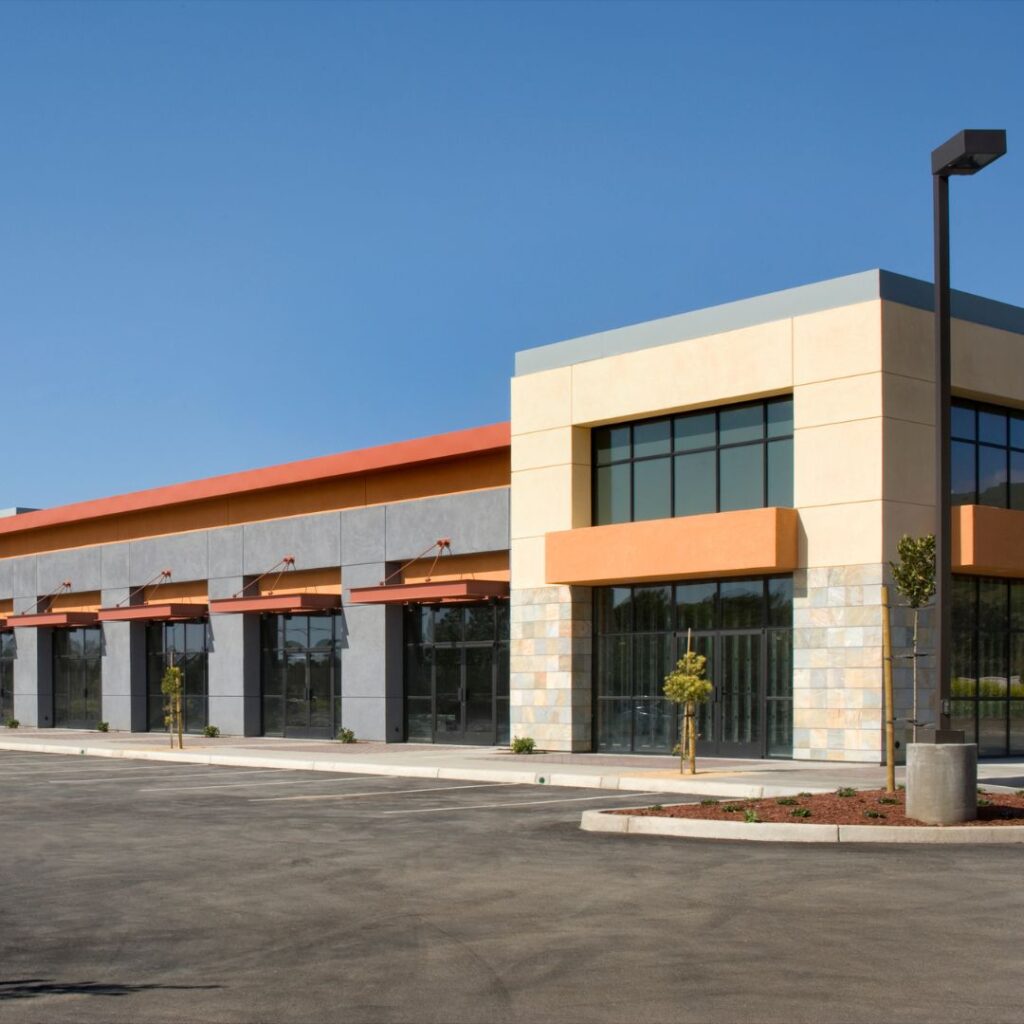- Home
- Retail
- Retail Investors Resources
- How to Evaluate Tenant Mix Strategy: A Guide for Shopping Center Owners
How to Evaluate Tenant Mix Strategy: A Guide for Shopping Center Owners
Creating the right tenant mix is crucial for shopping center success, impacting everything from foot traffic to long-term financial performance. This comprehensive guide explores how property owners and managers can evaluate and optimize their tenant mix strategy to create thriving retail destinations.
Understanding the Fundamentals of Tenant Mix
A well-planned tenant mix does more than fill vacant spaces—it creates synergies between retailers, meets community needs, and generates sustainable income. The right combination of tenants can transform a shopping center into a destination that draws consistent foot traffic throughout the day and week.
Consider the average shopper’s journey: they might start their day at a coffee shop, visit various retail stores, have lunch at a restaurant, and perhaps end with a service appointment. Each tenant should complement this natural flow, creating opportunities for cross-shopping and extended visits.
Key Factors in Tenant Mix Evaluation
Demographics and Market Analysis
Start by thoroughly understanding your trade area demographics. This includes analyzing:
- Income levels and spending patterns
- Age distribution and family composition
- Population growth trends
- Cultural preferences and lifestyle factors
Your tenant mix should reflect and serve these demographic characteristics. For instance, a shopping center in an affluent suburban area might focus on premium retailers and upscale dining, while one in a young, urban neighborhood might emphasize fast-casual restaurants and trendy boutiques.
Anchor Tenant Strategy
Anchor tenants traditionally drive foot traffic and set the tone for your shopping center’s positioning. Modern anchor strategies have evolved beyond just department stores to include:
- Grocery stores and specialty food markets
- Entertainment venues
- Fitness centers
- Medical facilities
- Popular restaurant chains
These destinations create regular visitor patterns and support smaller inline tenants. Evaluate how your anchor tenants align with local market needs and complement other retailers in your center.
Category Balance and Merchandising Mix
A balanced merchandise mix prevents overconcentration in any single category while ensuring comprehensive consumer offerings. Consider the following proportions as a starting point:
- Fashion and accessories (25-35%)
- Food and beverage (20-30%)
- Services and entertainment (15-25%)
- Health and beauty (10-15%)
- Home goods and specialty retail (10-20%)
These percentages should be adjusted based on your specific market conditions and shopping center type.
Evaluating Financial Performance
Rent Roll Analysis
Regular analysis of your rent roll provides crucial insights into tenant mix effectiveness:
- Compare sales per square foot across different categories
- Monitor rent-to-sales ratios for sustainability
- Track tenant payment history and financial health
- Analyze common area maintenance (CAM) recovery rates
Use this data to identify underperforming categories and adjust your mix accordingly.
Sales Performance Metrics
Implement a robust sales reporting system to monitor key performance indicators:
- Year-over-year sales growth
- Sales per square foot benchmarks
- Customer conversion rates
- Average transaction values
- Shopping center productivity metrics
These metrics help identify successful tenant categories and inform future leasing decisions.
Optimizing Tenant Placement
Strategic tenant placement maximizes cross-shopping opportunities and overall center performance. Consider these factors:
Traffic Flow Patterns
Map customer traffic patterns to understand how visitors move through your center. Place complementary retailers near each other to encourage multiple store visits. For example, position athleisure retailers near fitness centers or casual dining options near entertainment venues.
Clustering Strategy
Create distinct zones or clusters within your center to enhance the shopping experience:
- Fashion district
- Dining and entertainment zone
- Health and wellness area
- Service-oriented section
This clustering helps customers navigate the center efficiently and creates natural synergies between tenants.
Future-Proofing Your Tenant Mix
Adapting to Market Trends
Stay ahead of retail trends and consumer preferences:
- Monitor emerging retail concepts
- Track changes in consumer shopping behavior
- Evaluate the impact of e-commerce on different retail categories
- Consider incorporating experiential retail elements
Be prepared to adjust your tenant mix strategy as market conditions evolve.
Technology Integration
Leverage technology to enhance your tenant mix evaluation:
- Use foot traffic analytics to understand customer patterns
- Implement customer feedback systems
- Utilize predictive analytics for tenant performance
- Monitor social media sentiment about your center and tenants
Implementation and Monitoring
Creating an optimal tenant mix is an ongoing process that requires regular evaluation and adjustment:
- Establish clear performance metrics and monitoring systems
- Conduct quarterly reviews of tenant performance
- Maintain open communication with existing tenants
- Develop a pipeline of potential new tenants
- Create contingency plans for tenant turnover
Remember that successful tenant mix strategy requires balancing multiple stakeholder interests while maintaining focus on long-term center viability and growth.
Conclusion
Evaluating and optimizing tenant mix strategy is a complex but essential task for shopping center owners. Success requires a deep understanding of market demographics, careful financial analysis, and strategic tenant placement. By regularly monitoring performance metrics and staying attuned to market trends, property owners can create vibrant shopping destinations that serve their communities and generate sustainable returns.



